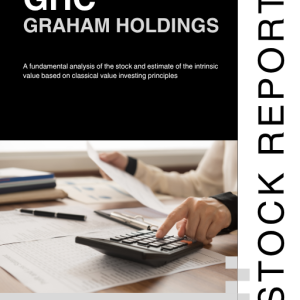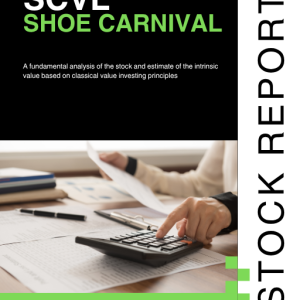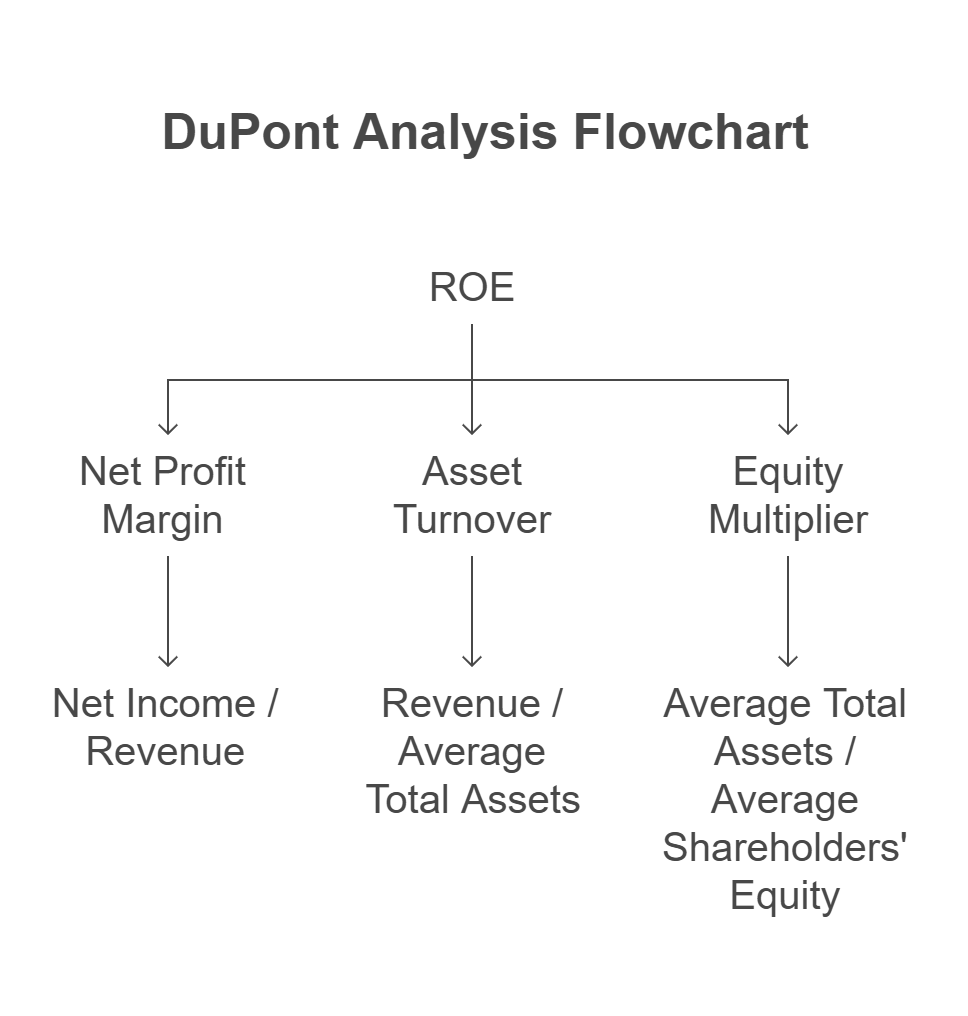
Value investing thrives on simplicity. Earnings yield is one of the most straightforward tools in a value investor’s toolkit—and one of the most effective. It makes the investment process clearer by showing you what kind of return you might expect based on the price you’re paying. Unlike complicated valuation models that can feel like solving a puzzle, earnings yield cuts to the chase. It helps you quickly decide if a stock’s price is reasonable compared to its earnings potential. By flipping the traditional price-to-earnings (P/E) ratio on its head, earnings yield gives you a new way to think about your returns.
Earnings yield isn’t just about numbers—it’s about making smarter, more informed investment decisions. It simplifies comparisons across companies and even asset classes like bonds. It works even better when paired with other metrics, creating a reliable framework to evaluate potential investments. This article explores what earnings yield is, why it matters, and how you can use it to uncover valuable opportunities in any market. By the end, you’ll have actionable strategies to find your next great investment.
Understanding Earnings Yield
Earnings yield is calculated by dividing a company’s earnings per share (EPS) by its price per share:
Earnings Yield=Earnings Per Share (EPS)/Price Per Share
It’s essentially the flip side of the price-to-earnings (P/E) ratio. Earnings Yield is typically expressed as a percentage. While the P/E ratio tells you how much you’re paying for $1 of earnings, earnings yield tells you the return you get for each dollar invested. A higher earnings yield signals a better value, offering more bang for your buck.
This metric shines when comparing stocks to other investment options, like bonds. Bonds are all about yield, so why not use the same thinking for stocks? If a stock’s earnings yield is higher than a bond’s interest yield, it might be worth a closer look. Its simplicity also makes it perfect for investors of all experience levels—whether you’re just starting or a seasoned pro refining your strategy.
The Relationship Between Earnings Yield and Intrinsic Value
Earnings yield is a quick way to gauge how much value a stock offers relative to its price. A high earnings yield suggests that the stock might be undervalued and could provide a margin of safety—a key concept for any value investor.
For example, take a stock priced at $50 with an EPS of $5. Its earnings yield is 10%. Compare that to a bond offering a 5% yield. Assuming the company’s fundamentals are strong, the stock’s higher yield might make it a better deal. This approach also helps you decide where to allocate your capital—stocks, bonds, or a mix of both.
That said, earnings yield works best when combined with a deeper look at the company. Metrics like growth prospects, debt levels, and the consistency of earnings provide a more complete picture. Think of earnings yield as a starting point, not the finish line, in evaluating a stock’s intrinsic value.
Using Earnings Yield to Identify Investment Opportunities
Here’s how you can use earnings yield to spot undervalued stocks:
- Compare Against Benchmarks: Look at a stock’s earnings yield relative to market averages or bond yields. If it’s significantly higher, the stock might be undervalued.
- Filter with Screening Tools: Use platforms like Stock Rover or Bloomberg to create a list of high earnings yield stocks. These tools save you time by narrowing down the field.
- Verify the Fundamentals: High earnings yield isn’t always a green light. Review the company’s revenue trends, profitability, and industry position to confirm its value.
For instance, a stock with an 8% earnings yield might look appealing compared to a 5% market average. But if the company’s earnings are shrinking due to regulatory issues, it might not be the bargain it appears. A little extra research can save you from costly mistakes.
Avoiding Common Pitfalls
While earnings yield is helpful, it’s not foolproof. Here are a few pitfalls to watch for:
- Poor Quality: A high earnings yield could mean declining profits or a struggling business. Always check the company’s fundamentals to ensure its earnings are sustainable.
- Hidden Debt: Companies with a lot of debt can inflate their earnings yield, masking potential risks. Look at metrics like the debt-to-equity ratio to get a clearer picture.
- Industry Differences: What’s high for one sector might be average for another. Make sure you’re comparing apples to apples when evaluating stocks.
Using earnings yield alongside other metrics—like free cash flow yield or return on equity—can give you a more rounded view and help you avoid these common traps. It merits repeating, you cannot use just one metric to determine if a stock is undervalued – you have to consider the whole business picture.
Real-World Case Studies
Let’s look at a few examples:
Imagine a stock trading at $40 per share with an EPS of $6, giving it a 15% earnings yield. That sounds great, but further research reveals it’s in a cyclical industry with earnings at a peak. Knowing this, you might decide the yield isn’t sustainable and look elsewhere.
Now consider a different stock with a 12% earnings yield, a strong balance sheet, and steady earnings growth in a defensive industry. That yield reflects genuine value, making it a more attractive pick. By examining these nuances, you can separate short-term hype from long-term opportunity.
Practical Tools and Resources
To make the most of earnings yield, use these tools:
- Stock Rover: Customizable screens for earnings yield and other metrics.
- Bloomberg Terminal: Comprehensive data for deeper analysis.
- Morningstar: Insights into industry benchmarks and company fundamentals.
These resources can help you work smarter, not harder, as you evaluate stocks.
Integrating Earnings Yield Into Your Strategy
Earnings yield is most effective when combined with other metrics. Pair it with free cash flow yield to measure financial health. This layered approach gives you a more complete understanding of a stock’s value.
Building a portfolio around high earnings yield stocks with solid fundamentals can balance risk and reward, setting you up for long-term growth. It aligns perfectly with the principles of value investing—minimizing risk while maximizing potential returns.
Conclusion: Transforming Insights Into Action
Earnings yield isn’t just a number—it’s a way to think differently about value and opportunity. By making it part of your investment process, you can uncover hidden gems and build a stronger, more resilient portfolio.
Focusing on earnings yield can change how you approach the market. It’s not about chasing trends or quick wins. It’s about creating a disciplined strategy that delivers results over the long haul. Start exploring earnings yield today and see how it can help you achieve your financial goals.
Featured products

Shailesh Kumar, MBA is the founder of Astute Investor’s Calculus, where he shares high-conviction small-cap value ideas, stock reports, and investing strategies.
His work has been featured in the New York Times and profiled on Wikipedia. He previously ran Value Stock Guide, one of the earliest value investing platforms online.
Subscribe to the Inner Circle to access premium stock reports and strategy insights.
Featured in:











